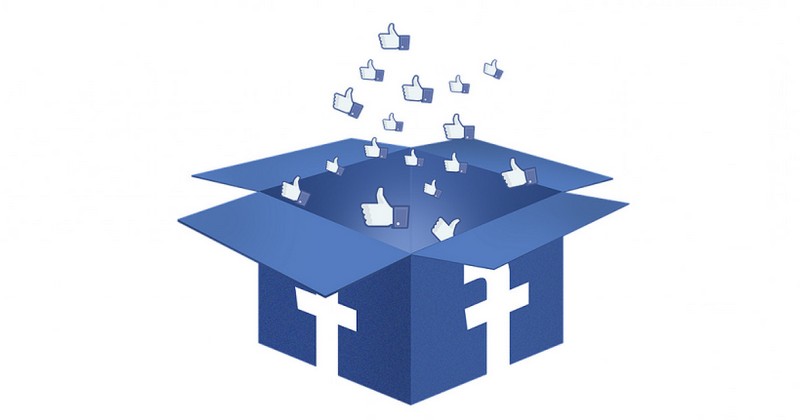This is how "likes" on social networks affect your brain

Neurosciences have detected what happens when someone likes one of our posts.
Research conducted by UCLA and published in Psychological Science has concluded that seeing how photos posted on a social network are liked by other people via the "like" button activates the same areas of the brain that are triggered by masturbation or savoring very sweet foods such as chocolate.
The Psychology Behind Instagram and Facebook Likes
This study confirms the intuition that many people had: that the functioning of certain social networks is designed to be true gyms of narcissism.
However, its implications go much further. Let's see how the research was conducted.
How was the study done?
This research, conducted by psychologist Lauren Sherman and his team, was based on the use of an imitation of the social network Instagram. Sherman and his researchers recruited 32 adolescents (14 boys and 18 girls) accustomed to using Instagram and, using magnetic resonance imaging, saw the way in which their brains were activated while the young people interacted with the imitation of that social network in which they could see both images they had uploaded and photos of unknown people.
Each of the participants in this experiment were informed that they were going to use a social network used by a small community while fMRI images of their neural activity were taken. However, the truth is that the photos of unknown people seemed to belong to the accounts of young people, they had been selected by the research team and, in fact, it was also these scientists who were in charge of putting a certain number of likes on all the images.
Thus, each teenager had the opportunity to react to 40 of the photographs coming from his or her own real Instagram account and 108 belonging to strangers. In addition, the researchers informed the participants that each of the photographs they were about to view had been viewed, rated and potentially "liked" by about 50 other young people, something that was not actually true.
The effects Instagram has on the human brain
By checking images of different brains obtained by MRI, Sherman and her colleagues saw that a structure in the brain called the nucleus accumbens was activated more the more likes an image had. This is very relevant, considering that the nucleus accumbens is responsible for the way we experience moments of pleasure. is responsible for our experiencing moments of intense pleasure when we win a prize, have an orgasm, drink a milkshake, etc.drinking a milkshake, etc.
This area of the brain is responsible for detecting peak moments of pleasure and thus plays a role in the emergence of addictions and in the reward mechanisms responsible for trying to create situations so that these "peaks of happiness" are repeated as often as possible.
The influence of others creeps into the digital world
But this research also yielded another surprising conclusion: social networks can make teenagers more inclined to engage in reckless acts.This is also true when they are in the physical company of others their own age.
In the young men and women who participated in the research, brain regions related to self-control and rule-following were relatively turned off when they saw images related to risky behaviors, such as skateboarding on dangerous terrain or driving while taking pictures of themselves... even if they did not know the people to whom the pictures supposedly belonged. This effect was intensified if the photos had a large number of likes..
To this effect we must add the one we have seen before. The likes cause the small brain structures of pleasure to be activated, which can lead to the association of well-being not only with the images themselves, but also with the activities that can be seen in them.
Is there a reason for alarm bells to go off?
The idea that participating in a social network such as Instagram can induce young people to pursue risk is still a hypothesis that has yet to be tested. Ultimately, what has been seen in this research is only images of brain regions activated or deactivated, and not tested in real environments in which young people might attempt to engage in recklessness..
However, these results give reason to continue research along these lines, if only so that we have the opportunity to know how to educate and educate ourselves in the use of social networks.
(Updated at Apr 13 / 2024)